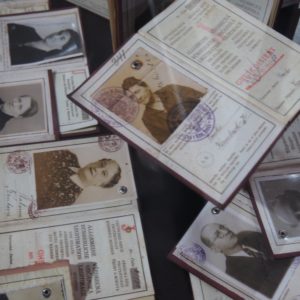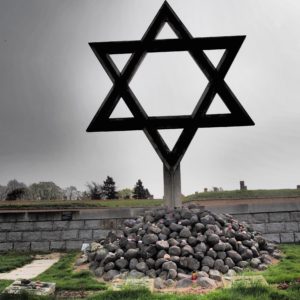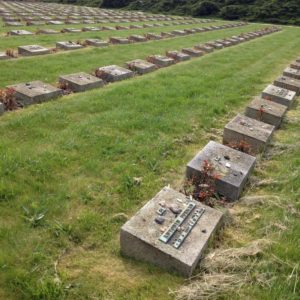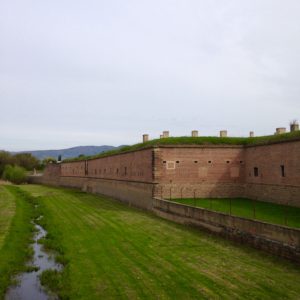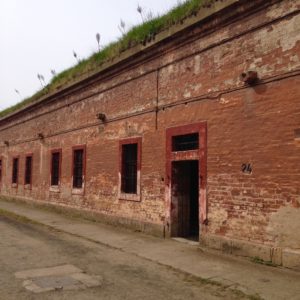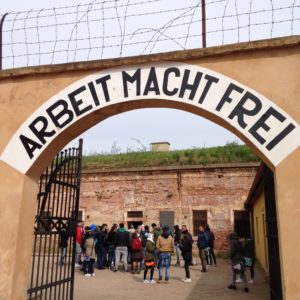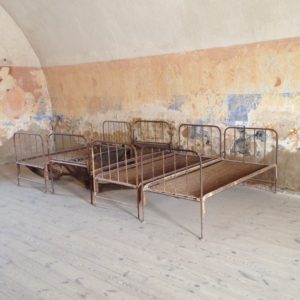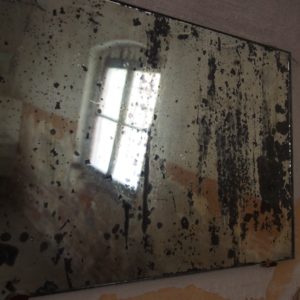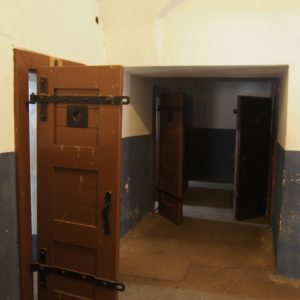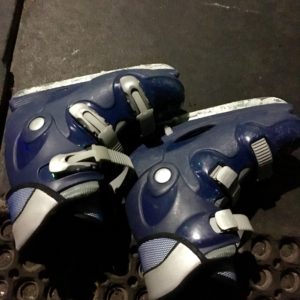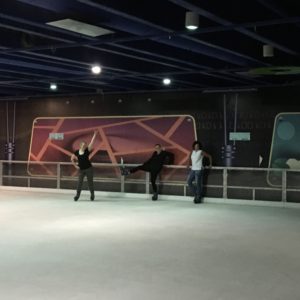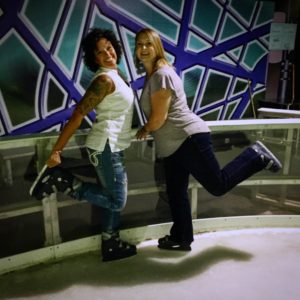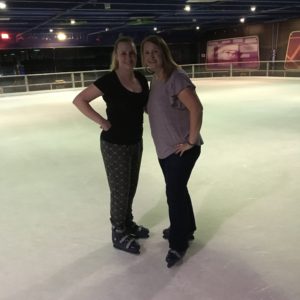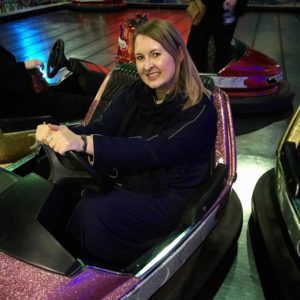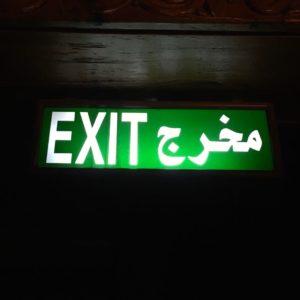 So the count down is on. I’ve got less than a month left here and I’m currently completing the Saudi exit process. Truth be told I’m more than a little conflicted about leaving. I feel weirdly like I have unfinished business here, places I would still like to visit and as frustrating as this part of the world can be I’m also very comfortable in it. But for now I’m in the process of getting all my work clearances. So I can get my final pay and the visa I need that will allow me to leave. Yes, you read that right- you need a visa not only to enter Saudi Arabia but also to be able to leave. Yep. The process is far more efficient than when I was here 5 years ago. Back in those days you had to stumble around the hospital getting something like 20+ signatures from a variety of odd departments in order to exit. You can imagine between prayer times, lunch breaks, tea breaks, smoking breaks, text my friends break, fix my hair breaks, kiss my co-worker on the cheek breaks, it was no easy feat. In fact it’s surprising that more hospital employees didn’t have full fledged meltdowns over this process. Even thinking about it right now my heart rate is going up.
So the count down is on. I’ve got less than a month left here and I’m currently completing the Saudi exit process. Truth be told I’m more than a little conflicted about leaving. I feel weirdly like I have unfinished business here, places I would still like to visit and as frustrating as this part of the world can be I’m also very comfortable in it. But for now I’m in the process of getting all my work clearances. So I can get my final pay and the visa I need that will allow me to leave. Yes, you read that right- you need a visa not only to enter Saudi Arabia but also to be able to leave. Yep. The process is far more efficient than when I was here 5 years ago. Back in those days you had to stumble around the hospital getting something like 20+ signatures from a variety of odd departments in order to exit. You can imagine between prayer times, lunch breaks, tea breaks, smoking breaks, text my friends break, fix my hair breaks, kiss my co-worker on the cheek breaks, it was no easy feat. In fact it’s surprising that more hospital employees didn’t have full fledged meltdowns over this process. Even thinking about it right now my heart rate is going up.
But those were the old days. Today it is way, way more efficient. You only need to complete and visit maybe 5 departments now and it’s all processed electronically. Like magic. Last week I completed my last one and turned in my keys and ID badge. I’m a little pressed for time as I’m leaving in the middle of Hajj holidays where most government offices and banks will be closed. This means all my clearances needed to be done early so I can wire my hard earned money home and have my visa processed in time.
When I leave Saudi in mid September I’m flying to Paris to meet my Dad and we will make our way by train to the French town of St Jean Pied de Port where we will walk almost 800km thru Spain to the city of Santiago de Compostela. We’re hoping to be finished by the end of October. I’ve then rented an apartment in the Montemarte neighbourhood of Paris for an entire month. My Dad will likely join me for a week or so. The beginning of December I’ll spend a week in Amsterdam, a city I’ve always wanted to visit but never have and then I’ll fly back to North America with a stop-over in Iceland to meet a dear fiend, soak in the Blue Lagoon and inshallah catch the Northern Lights. Then mid December I’ll make my way back to Canada via Seattle for Christmas. Then depending on my bank account I’ll need to get a job either in Canada, the US, or back in Saudi Arabia. Or, I’ll head down to Mexico or to Northern Thailand for a few months, and then get a proper job. All my plans after Christmas are just ideas that haven’t fully blossomed yet.
My current state of mind is that I would strongly like to return to the Middle East for another year. I have requested to be rehired at my current job, but there may not be a position for me. I’m toying with applying to the Cleveland Clinic in Abu Dhabi but the paperwork for the application process is giving me chest palpitations and you only get half the vacation time I currently get in Saudi Arabia. So we will see. Of course there’s always a chance that after sipping wine in Paris for a month I might come to the realization that I’m ready to reenter the “real world” and opt not to return to this part of the world, but for now that’s where my head and heart are leaning. Decisions decision……
Have you ever lived abroad and had a hard time returning to your previous life? What made your transition easier?

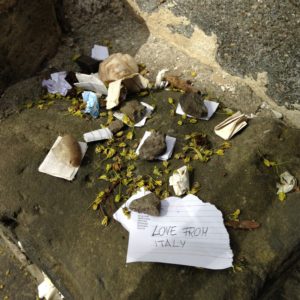
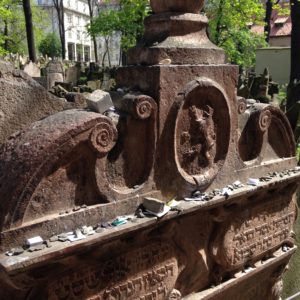
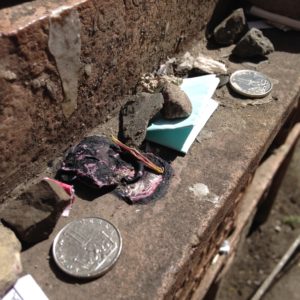
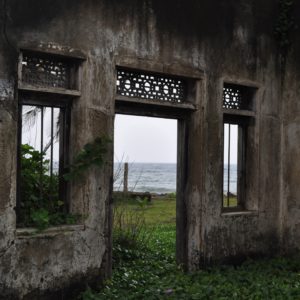

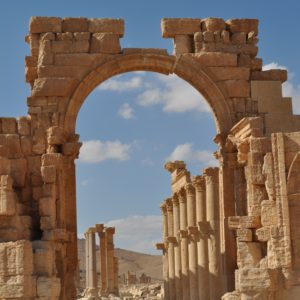
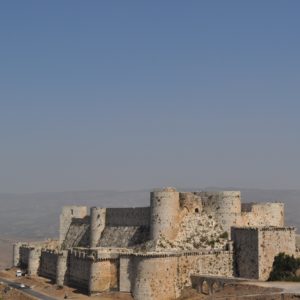

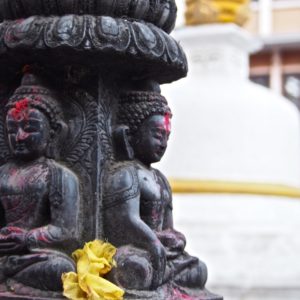
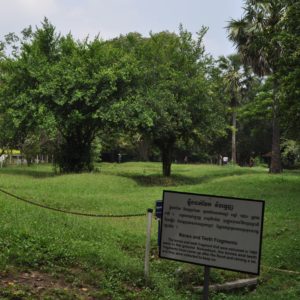

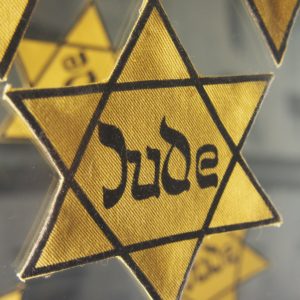

![]](https://kristinewanders.com/wp-content/uploads/2016/07/P4230806-300x300.jpg)
